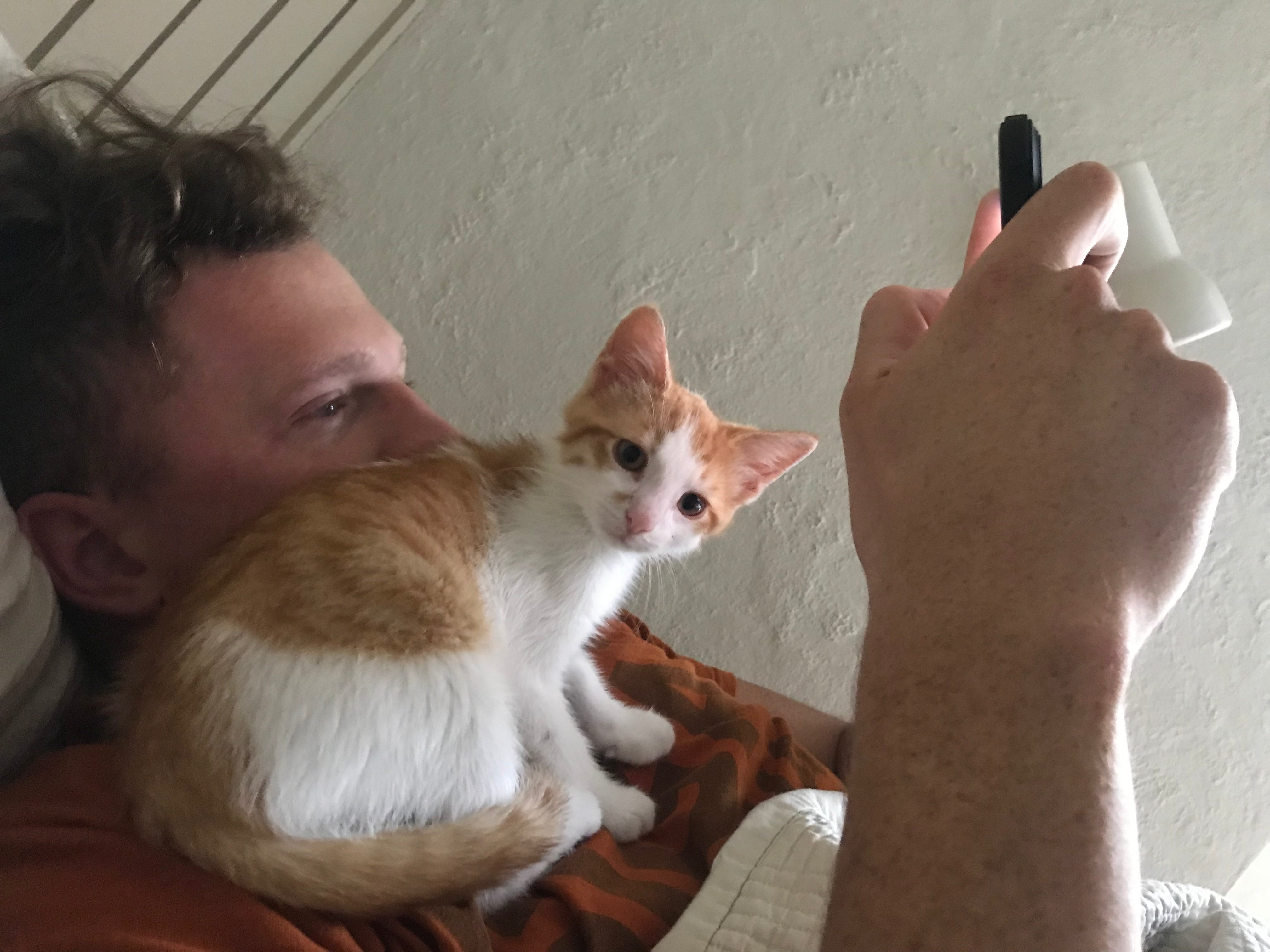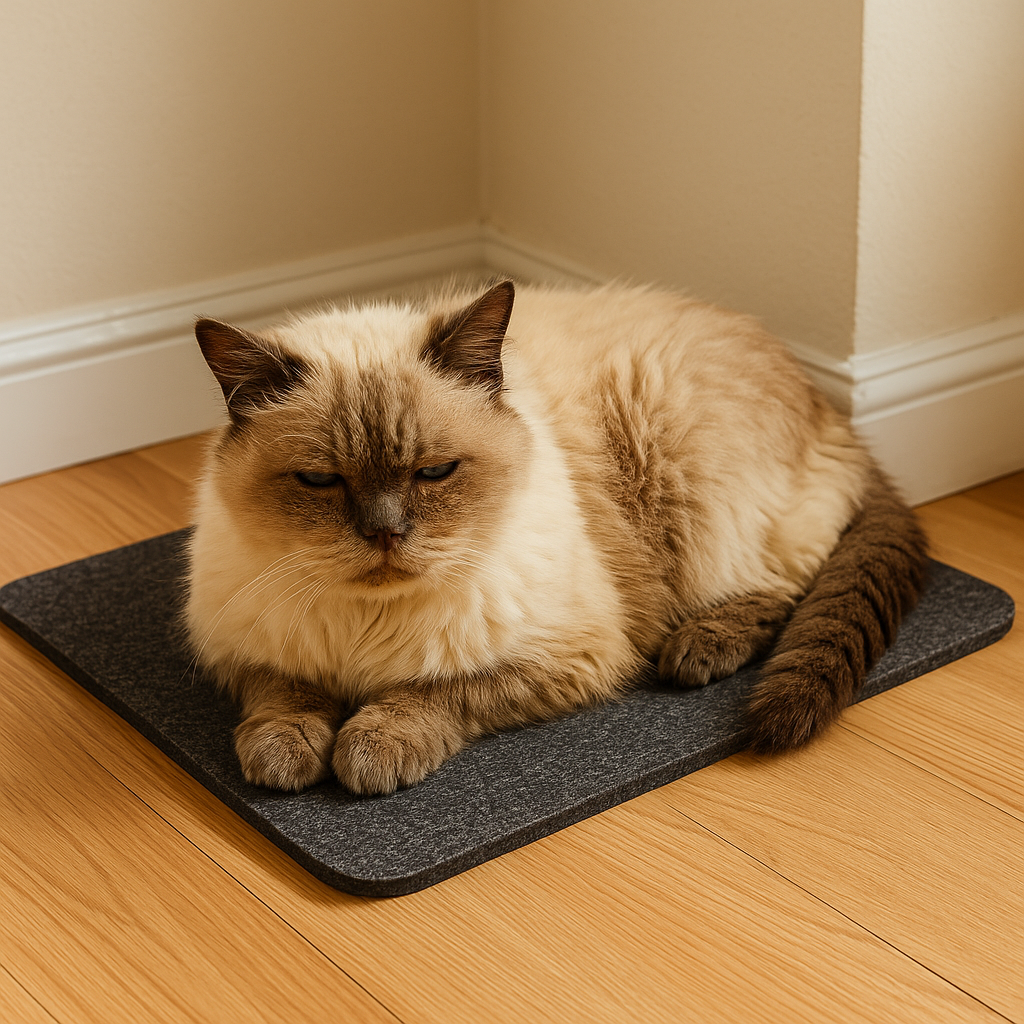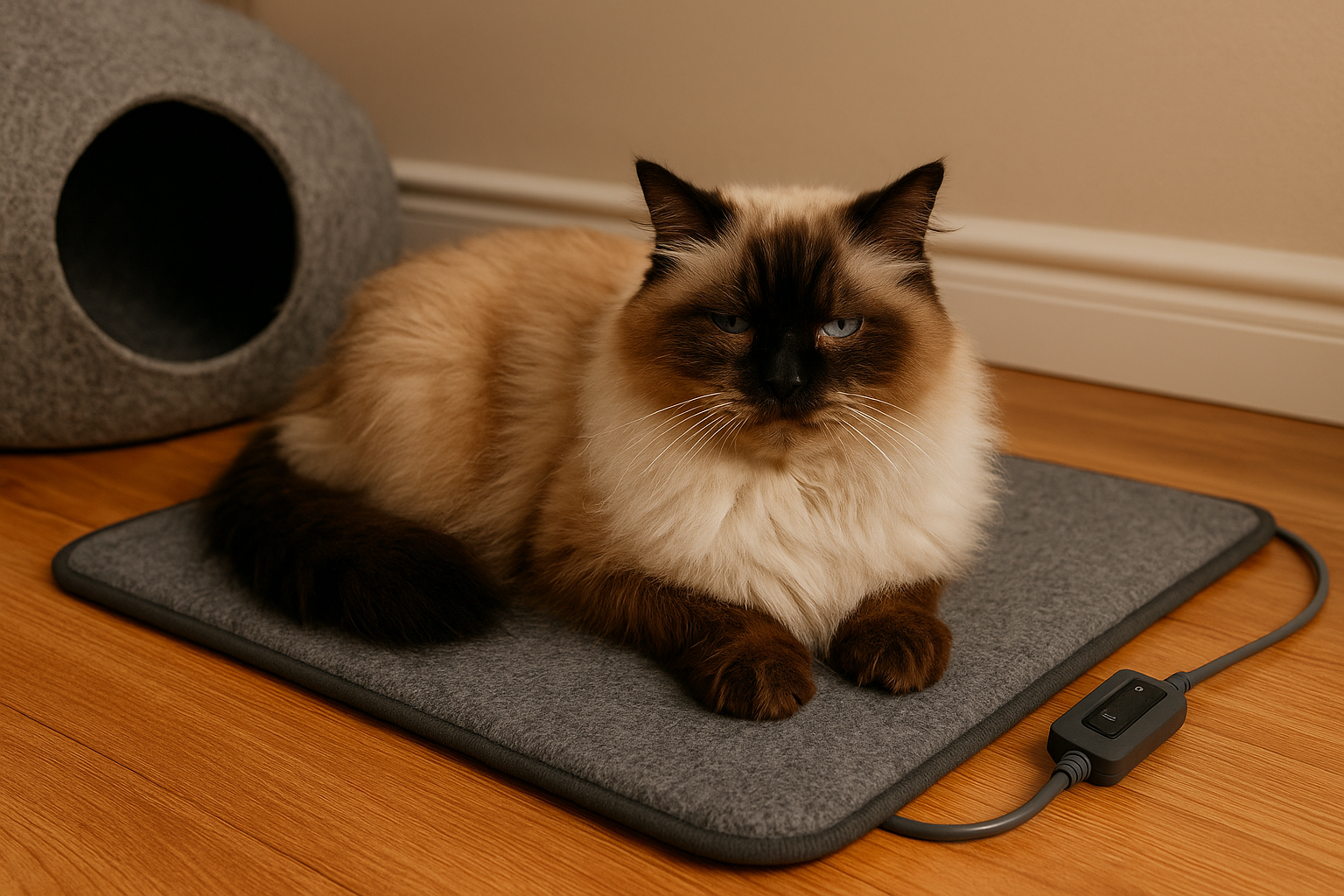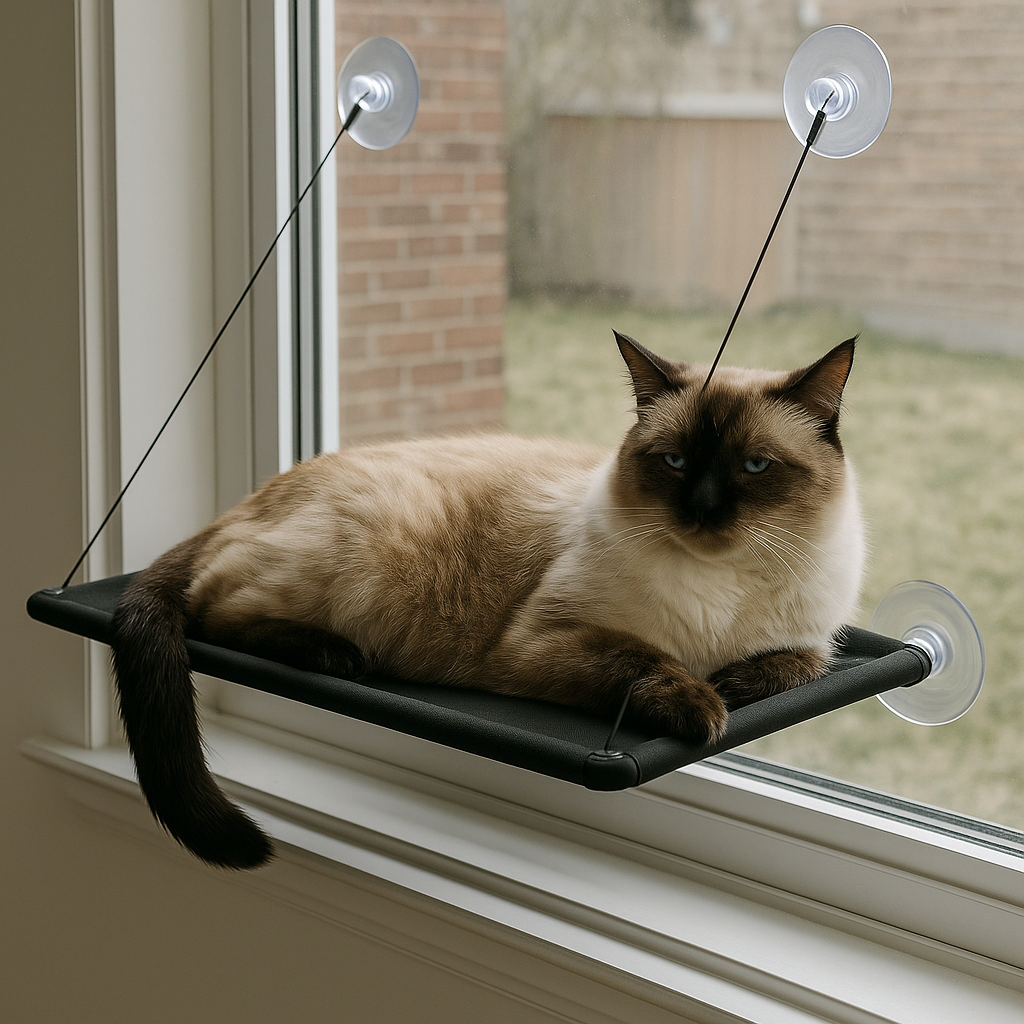Cat Vision in 2025: Vet-Approved Guide to How Cats See 🐱👀
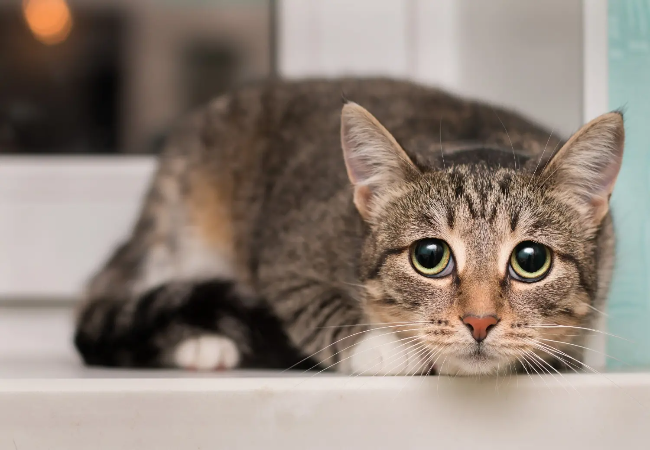
In this article
Cat Vision in 2025: Vet-Approved Guide to How Cats See 🐱👀
By Dr. Duncan Houston BVSc
Cats are known for their incredible hunting skills, agility, and ability to navigate even in near-darkness. Much of this is thanks to their specialized vision, which differs significantly from human eyesight. Understanding how cats see can help you create a safer, more stimulating environment for your feline friend.
🌓 Low-Light Vision: Masters of the Dark
Cats are crepuscular hunters, meaning they are most active at dawn and dusk. Their eyes are perfectly adapted for low-light conditions:
-
Cats have a higher concentration of rod cells in their retinas, which are more sensitive to dim light.
-
They possess a reflective layer behind the retina called the tapetum lucidum, which amplifies available light and gives their eyes that famous “glow” in the dark.
This makes cats excellent at detecting movement even when human eyes struggle to see anything.
🌐 Wide Field of View: Motion Detectives
Cats have a field of view of about 200 degrees, compared to a human’s 180 degrees. This wide peripheral vision allows them to:
-
Detect subtle movements from the sides
-
Spot potential prey or threats quickly
-
Track fast-moving objects with remarkable precision
It’s one reason why cats are such skilled hunters and why they can be startled by sudden movements.
🎨 Color Vision: Seeing the World Differently
Cats don’t see the full spectrum of colors that humans do:
-
They have fewer color receptors (cones) in their eyes.
-
Cats primarily see blues and greens, while reds and oranges appear more muted or grayish.
-
Despite limited color vision, they rely heavily on motion, contrast, and brightness to interpret their surroundings.
So while your cat may not notice the difference between a red and orange toy, they’ll detect its movement instantly.
🔍 Visual Acuity: Focusing on the Big Picture
Cats have lower visual acuity than humans, estimated around 20/100 to 20/200. This means:
-
They see distant objects less clearly
-
They focus best on objects within a few feet, which is ideal for stalking prey
-
Their hunting style depends more on motion detection than fine detail
This is why cats rely on their other senses—hearing and smell—alongside vision to fully explore their environment.
📏 Depth Perception: Masters of the Jump
Cats have excellent depth perception, especially at short ranges. This allows them to:
-
Judge distances accurately when jumping, climbing, or pouncing
-
Navigate narrow ledges, furniture, and outdoor spaces safely
-
Avoid obstacles even in dim lighting
However, objects far away may appear blurry, so cats often get close before making a leap or strike.
🌀 Motion Detection: Hunters at Heart
One of the most impressive aspects of a cat’s vision is their ability to detect even the slightest movement:
-
A fluttering insect or a moving shadow will instantly grab their attention
-
This ability is crucial for hunting, play, and self-protection
-
It’s why cats often react dramatically to small changes in their environment
🐾 Practical Tips for Cat Owners
-
Indoor safety: Since cats may misjudge distant objects due to lower acuity, remove hazards like dangling cords or sharp furniture edges.
-
Interactive toys: Use moving toys or laser pointers to engage their motion-detecting skills.
-
Lighting: Provide dim or soft lighting at dawn and dusk, when your cat is naturally most active.
-
Health check: Vision can decline with age or certain diseases. Regular veterinary check-ups help detect early eye problems.
✅ Conclusion
Cats’ eyes are beautifully designed for hunting, low-light activity, and motion detection rather than detailed color vision. Understanding how your cat sees the world can enhance play, safety, and bonding. Remember, each cat is unique, and factors like age, breed, and health can affect vision.
By respecting and accommodating their visual strengths and limitations, you can create a cat-friendly environment where they thrive. 🐱💛




